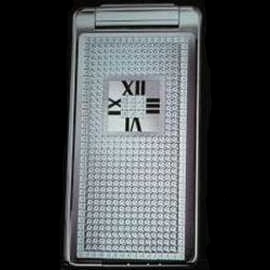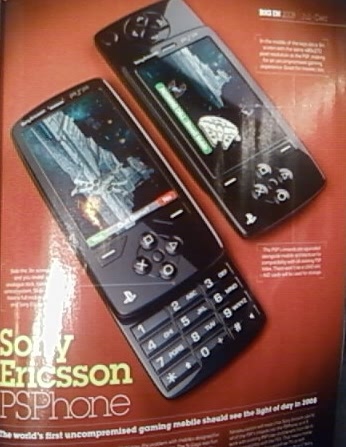Design
What does seventy bucks buy you? Well, in mobile terms, any number of capped plans for a month, or about one-tenth of a decent phone. What you wouldn't normally expect it to get you is a half-decent phone -- or at least a phone that looks like it was designed in the last six years. That's where Motorola's low-cost MOTOFONE is deceptive; it's a thin, stylish phone with enough features liberally cribbed from Motorola's bag of design tricks to appeal to most users -- but it's also only one dollar short of seventy bucks. For some mobile phone users, that's practically throwaway money.
The other notable thing about the MOTOFONE, from a design perspective, is that it's remarkably thin for a candybar form factor phone. It measures in at 114 by 47 by 9 millimetres with a carrying weight of 70 grams. The keypad is large and easy to use, with simple dial, hang up, contacts and menu buttons surrounding a five-way keypad.
Features
The crux of whether or not the MOTOFONE will appeal to you lies in its feature set -- or lack thereof. It's a GSM-capable mobile phone, which in the Australian market is locked to Optus -- and it comes with a prepaid SIM in the box. It'll do SMS, and you've got a choice of some very standard monophonic ring tones. That's it, however -- there's no Bluetooth, GPRS, camera, GPS, 3G, HSDPA or even simple phone games. If you're incurably addicted to features like this you'll find the MOTOFONE vexatious in the extreme. Then again, it's a phone, and it works. Why pay for stuff you don't need or use?
The MOTOFONE features a rather unusual display, for two primary reasons. It uses a black and white electrophoretic display that Motorola brands as ClearVision. The intention with ClearVision is that the display should appear as paper-like as possible, but also with an eye to being viewable in all sorts of lighting conditions, including direct sunlight. The other display oddity is in the font used, which is massive. That's undoubtedly a plus for those with visual difficulties, but the horizontal orientation of the text, which only ever scrolls like a ticker along one line, means that most SMS messages -- and even missed calls and contact details -- scroll along multiple screens, which can make comprehension difficult. If anything, it's a strong incentive to use SMS-speak, if only to enable easily scanned messages.
Performance
In case it hasn't sunk in yet, the MOTOFONE is just a basic phone, and as a basic phone it works quite well. Call clarity was good in our tests -- those of a paranoid bent might like to note that the default call volume is quite loud -- and battery life was fairly solid. Motorola rates it for up to 450 minutes talk time and up to 270 hours standby time -- largely because when not in use the screen powers down to a simple digital clock display. In our testing, it lasted around three days heavy usage before needing recharging. This brought up one of our lesser concerns about the MOTOFONE, and that's in the fact that it takes quite a while to recharge. This isn't a concern if you're an overnight recharger, but it's not possible to do a quick recharge and get anything but a perfunctory charge into the MOTOFONE.
In order to make sense of the MOTOFONE's icon-based and rather simple menu system, the phone comes with voice prompting for each and every feature in a variety of languages. It's a good way to get to grips with how the phone works -- and how its menu designers think -- but can be quite embarrassing in public situations to have your phone patiently explaining how to send an SMS. It's basically a training tool; once you've worked out the menu structures you'll undoubtedly want to switch the voice prompting off as soon as possible.
SMS was acceptable, but the phone is lacking in one feature we'd say was essential for SMS devotees -- there's no predictive text facility. Admittedly, the huge size of the screen font could make some automatically completed words indiscernible, but it's still something we missed having.
There's no doubting that there's a whole market out there that would hate the MOTOFONE for its lack of high-end features, but that's not the market that Motorola's after with the impressively simple MOTOFONE. For what it is, and what it sets out to be, it succeeds admirably, and comes highly recommended.
Source:
cnet.com.au Luxury cell phones are not a new thing anymore, but they keep on appearing to satisfy the fashion needs of those who have larger bank accounts. SoftBank, a leading Japanese mobile carrier,
Luxury cell phones are not a new thing anymore, but they keep on appearing to satisfy the fashion needs of those who have larger bank accounts. SoftBank, a leading Japanese mobile carrier,

